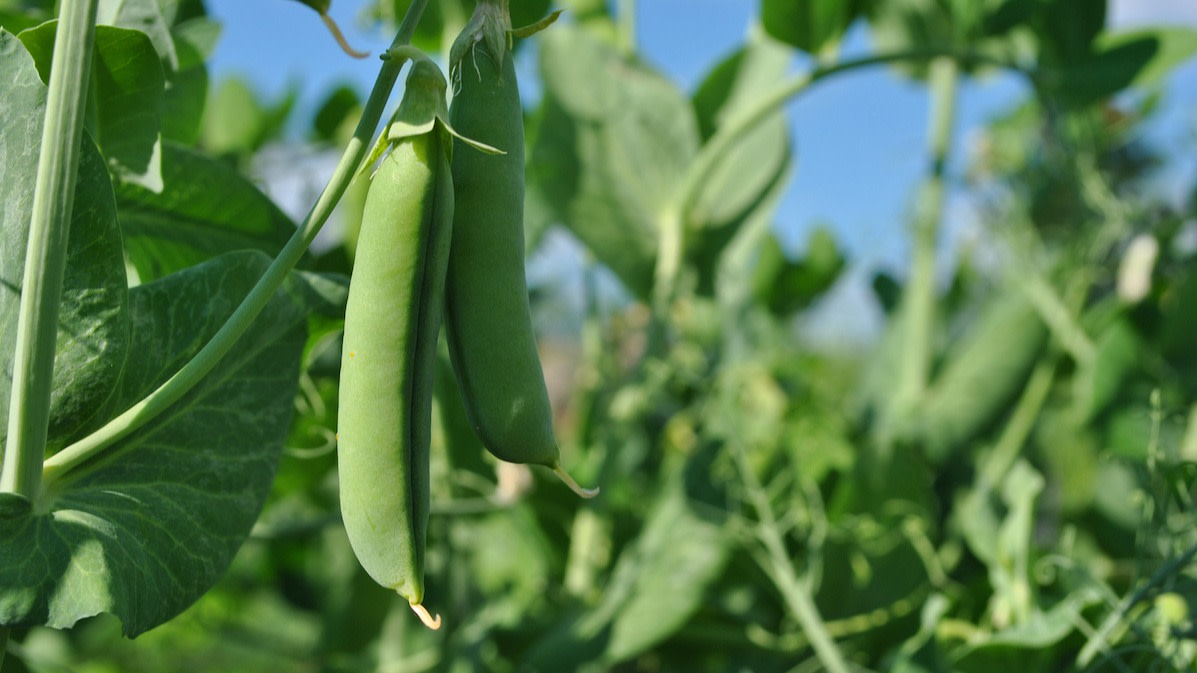How to Grow Sugar Snap Peas in Your Vegetable Garden
Written by MasterClass
Last updated: Jun 7, 2021 • 3 min read
Sugar snap peas are a productive and easy-to-grow garden vegetable. Once you've planted your pea seeds and the seedlings have sprouted, make sure to care for the plants as they grow to maturity.
Learn From the Best
What Are Sugar Snap Peas?
Sugar snap peas are a sweet pea with an edible pod. The thick-walled edible pods of sugar snap peas have medium-sized peas inside. Sugar snap peas are a great snack to eat raw, and you can also add them to stir-fries and salads. They are one of three types of green peas. (The other two are English peas, aka shelling peas, and snow peas.) As a member of the legume family, peas are a great addition to your vegetable garden due to their nitrogen-fixing properties: They restore nutrients to the soil that other plants, such as tomatoes, need to grow.
How to Grow and Care for Sugar Snap Peas
After you’ve planted your pea seeds in early spring, careful attention throughout the growing season will ensure you get the best harvest.
- 1. Monitor soil temperature. Early spring, when the soil is around 45 degrees Fahrenheit, is the best time for pea seeds to germinate. Peas grow best in full sun, but if the summer becomes especially hot, you can set up a partial shade structure. Once the plants grow to be six inches tall, apply a two-inch layer of mulch to the surface of the soil to regulate the soil temperature.
- 2. Keep the soil moist, but not waterlogged. In dry conditions, water your peas periodically. Otherwise, water sparsely to avoid potential root rot. Retain the layer of mulch around your snap pea plants to trap in moisture and suppress weeds.
- 3. Set up a trellis. With the exception of bush peas, most pea varieties are climbing (or vining), which means they send out tendrils looking for a place to latch on. You can buy pea trellises at a garden supply store, or you can build your own DIY trellis out of chicken wire, twine, sticks, or even an old fence. To encourage pea vines to grow onto your structure, you can thread the tendrils through the structure, or attach them using twine or twist ties.
- 4. Prevent pests and diseases. Stop aphids from attacking pea vines by using insecticidal soap or by growing strong-scented companion plants like rosemary or basil nearby. Fend off outbreaks of fusarium wilt—a disease that causes stunted growth and makes the lower leaves turn yellow—by rotating crops every season. Prevent powdery mildew from forming on leaves by using drip irrigation to avoid wet foliage. If you’re watering by hand, only water your pea plants in the morning so the leaves are dry by nightfall.
- 5. Replenish nutrients in the soil. Although peas are nitrogen-fixing, they still absorb nutrients from the soil. Amend your garden beds by side-dressing with organic matter such as compost or an organic fish meal fertilizer.
How to Harvest Sugar Snap Peas
Most pea varieties are ready to harvest 60 to 70 days after planting. To avoid damaging the vine, use one hand to hold the pea vine and the other hand to pull off the pea pods. Harvest while the pods are tender and still growing; the ideal time is when they've swelled up but are not fully plump. Like snow peas, some sugar snap pea varieties have string-like fibers along the seams of the pods that you must remove before eating. Consume fresh peas soon after picking for the best flavor. You can also add the shoots of any edible pea plant to stir-fries and pasta. To harvest, pinch off a shoot right above the leaf node (the point where it joins the main stem).
Learn More
Grow your own food with Ron Finley, the self-described "Gangster Gardener." Get the MasterClass Annual Membership and learn how to cultivate fresh herbs and vegetables, keep your house plants alive, and use compost to make your community - and the world - a better place.
